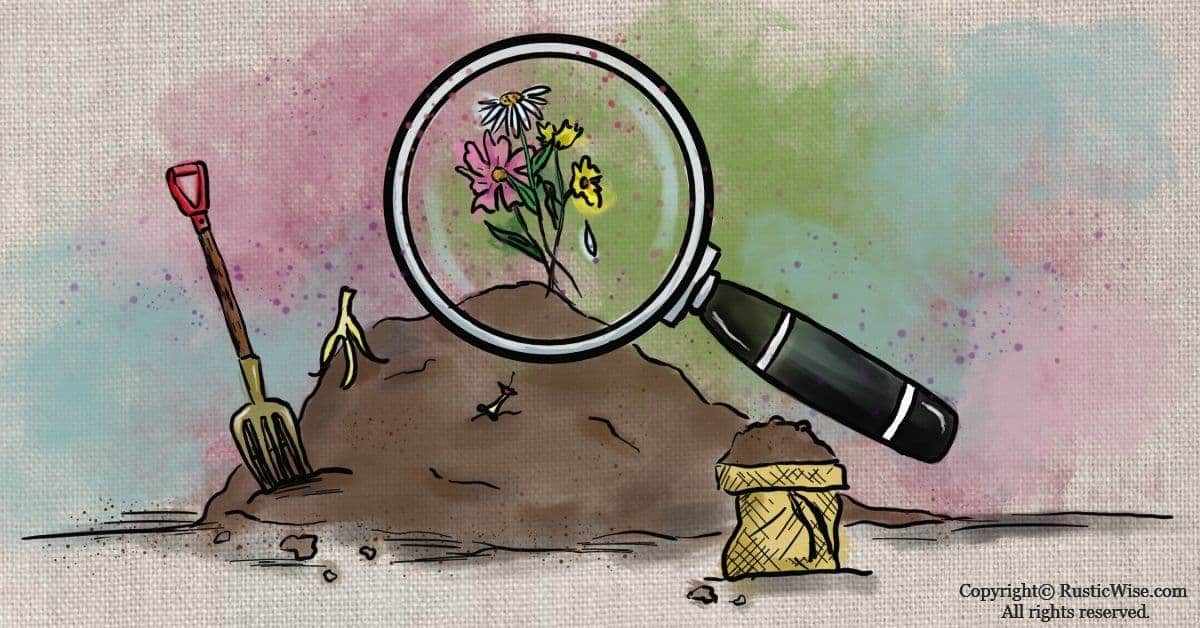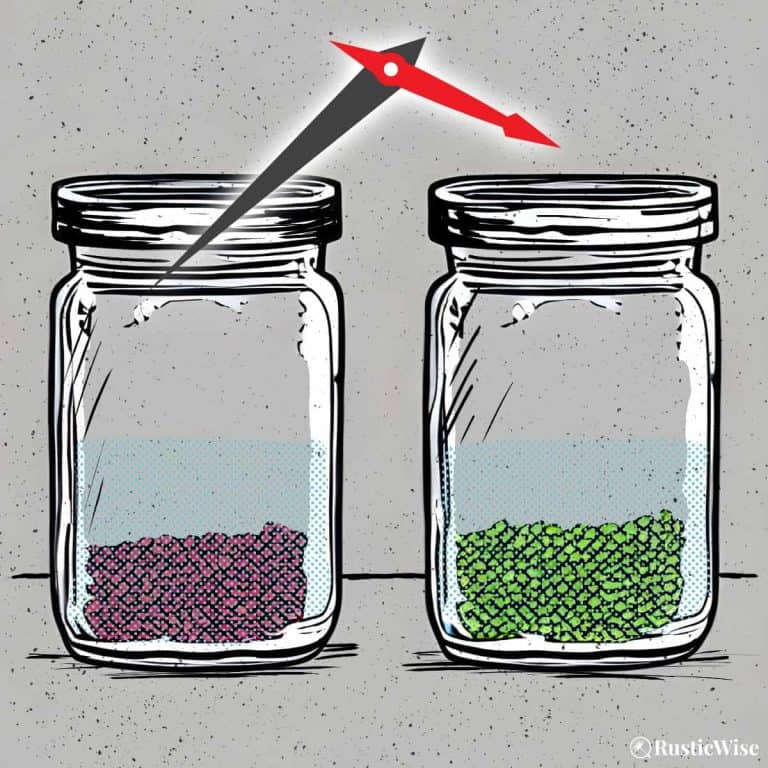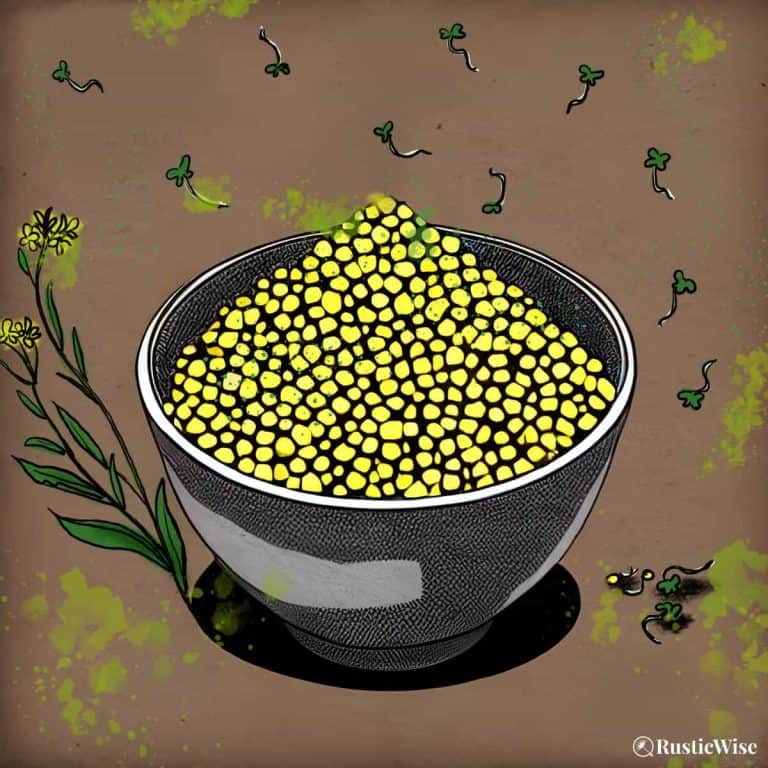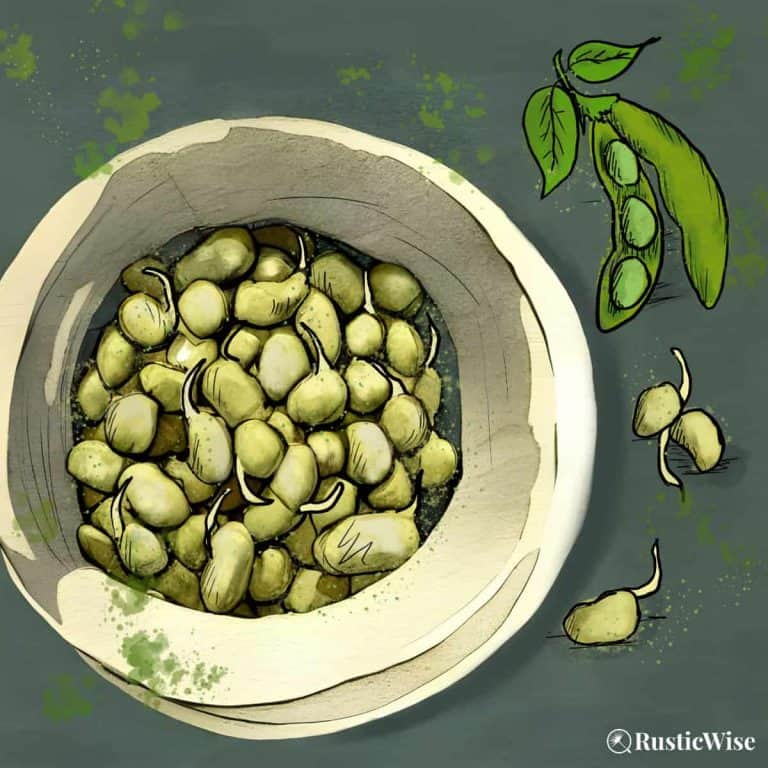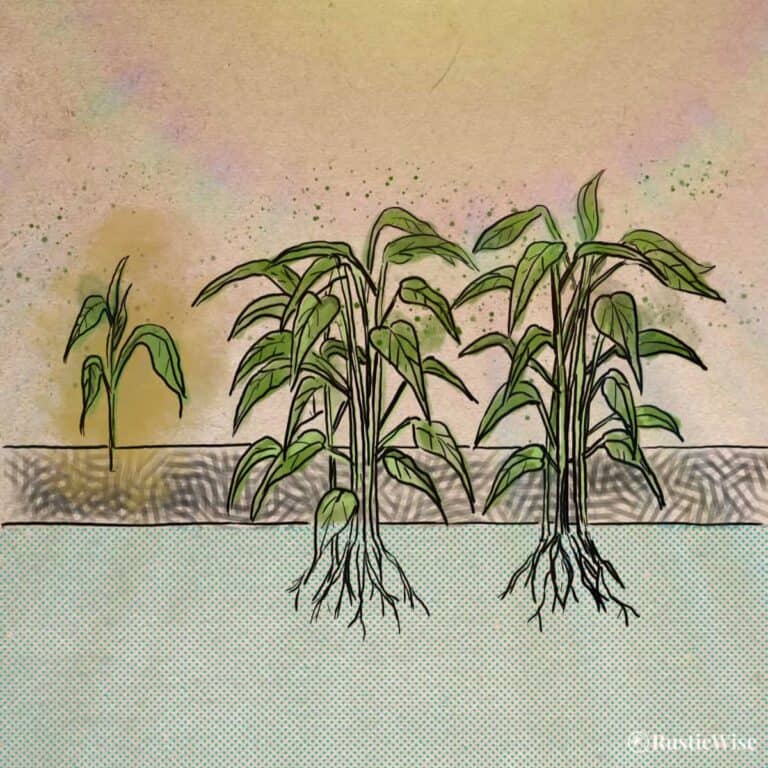Can You Compost Flowers? Yes, Here’s Why You Should
Can you compost flowers? Yes, both store-bought and garden flowers are compostable. The key is to make sure that the flowers are free of diseases and any chemical-based pesticides or fertilizers.¹ Deadheading your garden flowers will help keep them healthy and happy. Flower petals, leaves, and stems are considered a “green” component when added to your compost pile when still fresh; when added once dried, they’re a “brown” component. Flowers provide a rich source of nutrients when added to a compost pile.
When in bloom, flowers provide a splash of color and liven up your garden or home. Once those petals begin to wilt, they still keep on giving by providing value to your compost pile. The good news is that most flowers are compostable, but you should know how to prepare them before adding them to your pile.
Here’s everything you need to know about composting flowers from your garden or local florist—from tricks on cutting back dead blooms, to tips on using fresh or dried floral materials as “green” or “brown” ingredients when building your compost pile.
Composting not only reduces your carbon footprint but also improves your garden soil. So start adding those flower petals to your backyard compost pile today!
Deadheading and composting go hand-in-hand
When most people think of compost materials, the first things to pop in mind are banana peels and apple cores. After reading this section, perhaps the idea of flowers in compost will be top of mind when you’re thinking of good compostable material.
The practice of deadheading flowers (removing spent flowers) is a win-win for both your garden and compost heap.²
After flowers have bloomed and seed heads appear on some perennials such as peonies, or lilac shrubs, it’s a good idea to begin deadheading flowers.
Deadheading helps to reallocate the plant’s energy from seed production to producing stronger roots and shoots. More lush foliage allows the plant to capture and store carbohydrates as energy reserves. This helps to develop a stronger root system better able to withstand extreme heat or drought. The added benefit of deadheading is that some perennials may bloom again!
Simply pinch the dead blossoms from annuals or perennials and add to your compost bin.
For spring blooming flowers with bulbs such as tulips and hyacinths, cut back once the leaves become yellow.
Don’t forget, flowers aren’t limited to perennial or annual plants—they also appear in the vegetable garden! Veggies such as spinach, radish, and kohlrabi could all benefit from pinching off the flower buds. This practice of removing the flowering portion helps keep the vegetable’s flavor and texture.
Tip: Now, once you’ve gone through your garden and deadheaded any annuals, perennials, flowering shrubs, and vegetables, save these components for your backyard compost.
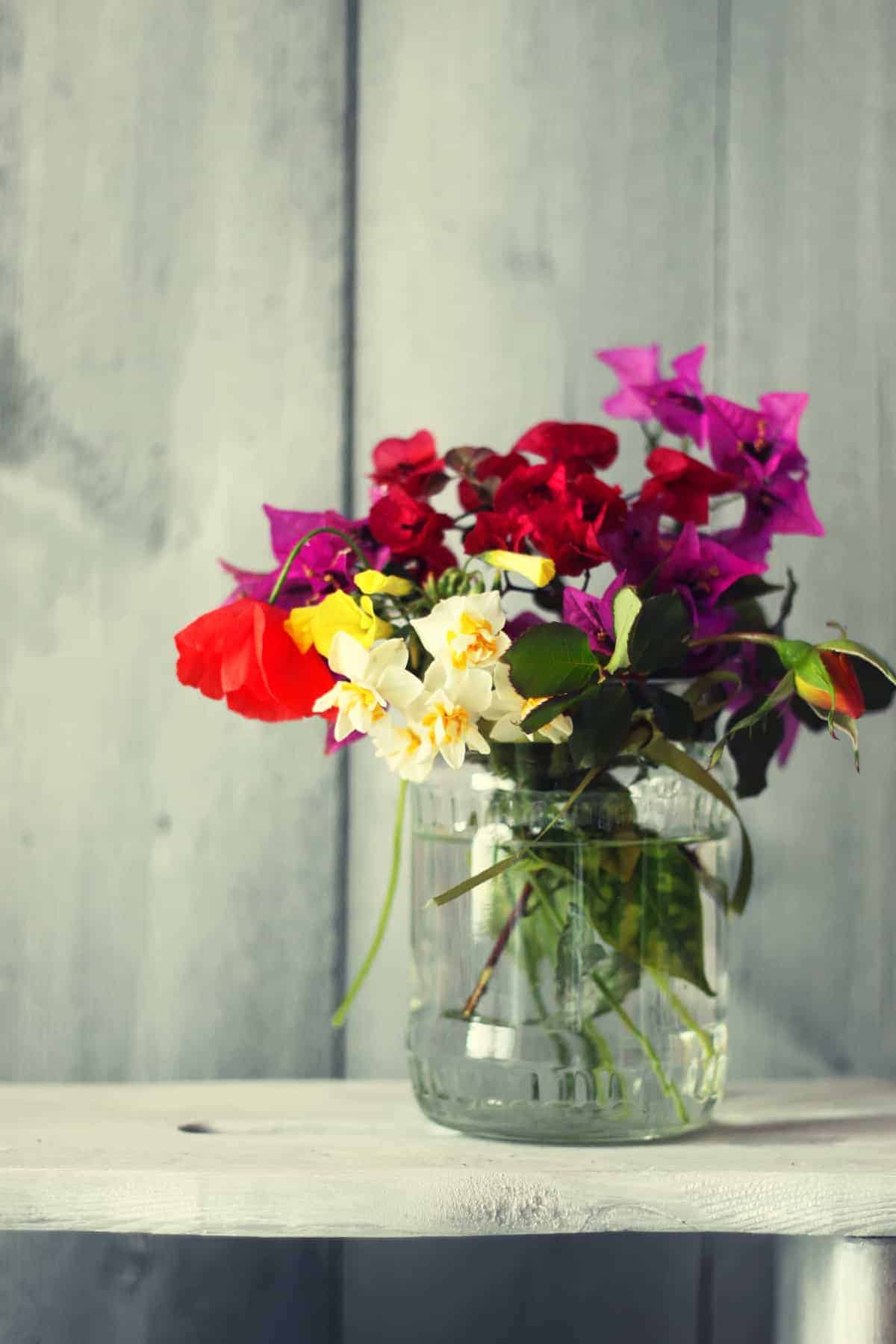
Are flowers a “green” or “brown” material for compost?
Flowers can be both a “green” or “brown” material, depending on when you add it to your compost pile.
Fresh flowers are considered a “green” component. Green materials are packed with nitrogen which provide quick energy needed for microorganisms in the compost to reproduce and grow. Other green materials are kitchen scraps such as fruit and vegetable peels, fresh grass clippings, tea leaves, and coffee grounds.
Dead flowers are a “brown” composting material. Brown components provide a rich source of carbon which provides microorganisms with a steady source of energy. Brown materials are slower to break down and include dried leaves, twigs and branches, and newspaper.
In order for a compost to work well, you need to feed it a balanced diet of both green and brown waste. You also need to add moisture and turn it regularly which helps to infuse oxygen throughout the pile.
This makes composting flowers a great way to add nutrients to your compost bin!
Types of flowers or flower parts NOT to add to compost
Most types of flowers, whether commercial flowers or those from your garden, are safe to compost.
However, there is a caveat with commercial flowers. Questions arise from store-bought flowers that may have come in contact with chemical-based pesticides.
The use of pesticides on commercial flowers is not monitored as closely as the use of pesticides on foods. Many flowers you can buy at your local florist may have been imported from other countries with more lax laws on the use of chemical pesticides. For this reason, I would use caution when adding store-bought flowers.
You can ask your local florist about the use of chemical pesticides. However, if your flowers are from a large store, chances are, they have been treated with chemicals. If you’re unsure, it may be wise to only add a small amount of store-bought flowers to your compost—many chemicals break down during the composting process. Even if there is a small amount of chemical residue on flowers, the amount left in the finished compost would be negligible.
The other issue is commercial flower feed. Commercial flower food (the ones that come in little packets with each bouquet) contain ingredients designed to kill bacteria to extend bloom time—these may harm microorganisms in your compost. (In reality though, any amount left on flowers is probably negligible.
And what about the water leftover in the vase? You can safely dump in used water feed so long as it’s an organic or natural feed such as sugar water. Avoid dumping in water with commercial flower feed.
And if your flower has a disease, don’t add it to your compost. This may not properly decompose and may spread the disease once you use your finished compost.
Do not add
- Diseased flowers or plants
- Flowers treated with chemical-based fertilizers or pesticides.
Tip: To stay on the safe side, avoid introducing flowers that have been treated with chemicals. However, most store-bought flowers have likely been treated with chemicals. Adding a small amount of these types of flowers should be generally safe, but if you have concerns, stick with composting flowers that you know are chemical-free, such as those from your garden.
Use caution if adding
You can add the following items to a compost, however you should know that they take longer to break down (up to 2 years).
Composting temperatures play a role in how quickly composting ingredients break down. If you have a hot compost, you may find that the following items may break down slightly faster than if you have a cold compost.
- Bulbs and rhizomes: Tulip bulbs in your compost may overstay their welcome—they take a very long time to decompose (as do other flower bulbs and fibrous rhizomes). If you’d like to add them anyway, try smashing them with a hammer or large stone to speed up the composting process.
- Thorns: Rose stems and thorns can be safely composted however, these too, take a long time to decompose—cut them into small pieces before adding. While sharp thorns do eventually break down, you may find yourself getting an unexpected poke in the hand if you’re digging around in your compost pile. To be on the safe side, wear gloves if you’re digging around in your compost pile before it’s completely decomposed. You may also want to consider placing the finished compost in an area where you may not be stepping on much. Many people choose to avoid throwing in anything too thorny!
Tips for composting flowers
While you could toss an entire bouquet into the compost pile, it’s best to take a few steps first to speed up the composting process.
- Remove any inorganic components: Sometimes store-bought flowers come with pretty ribbons, tags, or floral wiring. Remove these before adding to your compost.
- Cut into small pieces: All compost ingredients break down faster when cut into smaller pieces. So separate the flower petals, and cut long stems into manageable bite-sized chunks.
- Layer it up: If you’re composting fresh flowers, mix these into your “green” layer along with other green materials such as kitchen scraps. If you have a pile of dead flowers on your hands, incorporate this into your “brown” layer along with dead leaves, small twigs, and unbleached paper materials.
Can you compost oleander?
The oleander plant (Nerium oleander) produces beautiful blooms. However, all parts of this plant are poisonous to humans and animals. Oleander contains a toxic component called oleandrin which when ingested, may cause vomiting, diarrhea, seizures, and in severe cases, death. Even skin contact from leaves and sap has proven to be an irritant.³
So can you safely compost oleander? Surprisingly yes, according to this 2003 study.⁴ Oleander is a popular ornamental shrub used in many sunny areas including California. There, the landscaping industry is tasked with diverting waste from landfills all while ensuring that the resulting compost is safe, even for use in vegetable gardens.
Researchers shredded the leaves, flowers, and stems of oleander shrubs. They produced a compost and studied the finished oleander compost on how it affects the growth of lettuce and tomatoes and whether the resulting produce contained any traces of oleandrin.
After 50 days, the composting process reduced the level of oleandrin by 90 percent; after 300 days, it was undetectable.⁵
What about the lettuce and tomatoes? It appears that the toxin oleandrin isn’t transferred to produce during plant growth. Before testing for oleandrin, the researchers did not wash the produce to simulate a “worst case” scenario. In all but one sample in lettuce (which was unwashed), oleandrin was not detected.
Researchers suggest thoroughly washing all produce, and not ingesting oleander compost.
So if you want to be extra safe, allow your compost to break down completely before using!
Are flowers safe for the worm bin?
Yes, flower petals, or dead flowers are safe to add to your vermicompost. Ensure the flower petals are not from any poisonous plants, and ensure they’re free of pesticides and chemicals.
You may want to avoid putting the stems in as they may be harder to digest.
Conclusion: can you compost flowers?
Flowers are a beautiful way to brighten up any area of your home and garden. But how do you dispose of them once they’ve passed their prime? You don’t have to worry about this if you compost!
So the answer to the question, can you compost flowers, is yes. Flower petals, leaves, and stems are a “green” component when added to your compost pile when still fresh; when added once dried, they’re a “brown” component.
Composting is the process by which organic materials such as plant waste and food scraps decompose into rich soil. And yes, both store-bought flowers or ones that grow in your own backyard will work just fine for adding nutrients to your compost pile.
The key is making sure that these flowers are free from diseases or chemical pesticides before adding them—deadheading plants regularly helps keep them healthy, so they can produce more leaves and stems over time without needing too much attention from you.
👉 If you like this post, see our complete Composting Collection.
Would you like more timeless tips via email?
Fun tips to help you live an independent, self-sustaining lifestyle. Opt-out at any time.


References:
- University of Florida, Institute of Food and Agricultural Sciences, Can I Compost It? https://sfyl.ifas.ufl.edu/sarasota/natural-resources/waste-reduction/composting/what-is-composting/what-can-be-composted/can-i-compost-it/. Accessed May 2021.
- Bousselot, Jennifer (09 June 2010). “Now Is the Time to Deadhead and to Compost,” Iowa State University, Accessed May 2021.
- Britannica, 7 of the World’s Deadliest Plants, https://www.britannica.com/story/7-of-the-worlds-deadliest-plants. Accessed May 2021.
- Downer J, Craigmill A, Holstege D. Toxic potential of oleander derived compost and vegetables grown with oleander soil amendments. Vet Hum Toxicol. 2003 Aug;45(4):219-21. PMID: 12882497.
- University of California, Davis, Toxicity of Oleander Derived Compost, http://slosson.ucdavis.edu/newsletters/Downer_199829067.pdf. Accessed May 2021.

Author: Theresa Tesolin
Theresa is co-founder of RusticWise. She helps people unleash their inner DIY spirit by encouraging them to get dirty and make or grow something from scratch.

